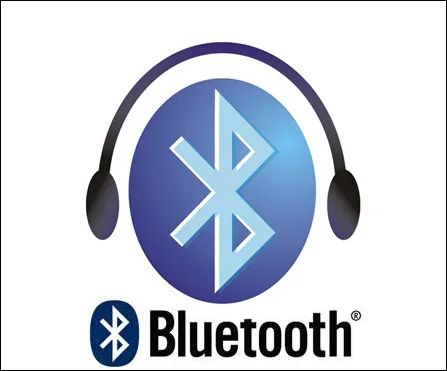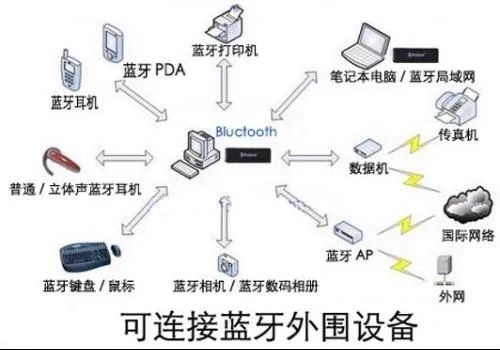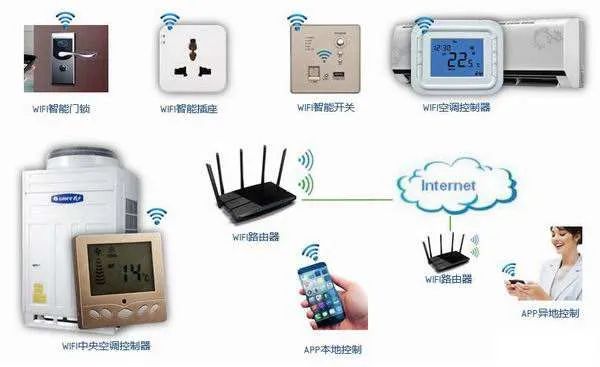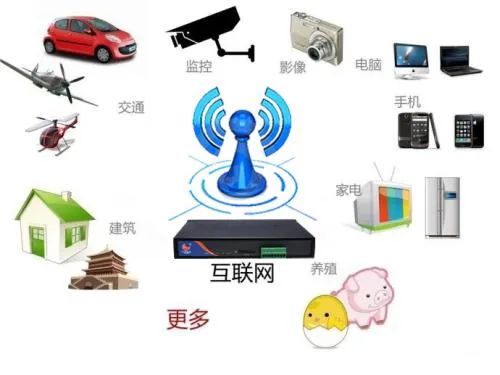

Radio Management Promotional Activity
Understanding Radio ⑦ | What Are Bluetooth and Wi-Fi Technologies

01
What Is Bluetooth Technology







Wi-Fi is an industrial standard for wireless network communication defined by the Institute of Electrical and Electronics Engineers (IEEE802.11), also known as wireless local area network, which is an industry term published by an organization called the Wireless Ethernet Compatibility Alliance (WECA). It is a short-range wireless transmission technology that enables access to the Internet over radio signals within a range of hundreds of meters. With the development of technology, the emergence of Wi-Fi standards has led to the current IEEE 802.11 standard being collectively referred to as Wi-Fi.





END
(Content source: Qingdao Industry and Information Technology, Radio Management, if it constitutes infringement, please contact us in time, and we will delete it immediately.)
